If you’re running an e-commerce store, you should be using Google Analytics. Few tools rival its importance.
Since its introduction in 2005, Google Analytics has been serving foolproof data for websites in all industries. From business to travel, websites across the board utilize Analytics as a go-to tool.
But for e-commerce stores, Analytics is a must.
Why? Because e-commerce thrives on data.
In the e-commerce industry, accurate data can help your store rise to new heights.
But the reverse is also true: misinterpreted data drives your store into the ground.
Misinterpreted data can easily make the difference between converting a lead or losing it. And for a startup or an e-commerce store that’s trying to expand, every sale counts.
In the hands of the right user, Google Analytics is a powerful tool for analyzing the success of your e-commerce store and developing new strategies to help you continue to drive revenue.
But a tool is only useful if you know how to use it. And Google Analytics is no exception.
In fact, if you don’t know how to use it properly, you might end up making major decisions based on faulty data.
So how can avoid these pitfalls and get the most out of Google Analytics?
Let’s find out. Here are ten steps to help you use Google Analytics to drive sales and experience success for your e-commerce store.
Let’s get started.
1. Optimize content with on-site search
What differentiates successful companies from unsuccessful ones?
Two words: content optimization. Successful businesses are the ones providing value to their customers.
But how do you know what your customers want?
Google Analytics has a built-in Search Term report that lets you view what your visitors are looking for on your site.
No need for surveys or long conversations. Just pop in there and see the exact words, products, and content that your customers want to see.
If you have yet to discover this report, you’re probably missing out on valuable data.
It’s the kind of data that can easily boost your search engine rankings.
An e-commerce platform can only provide so much information.
But Google Analytics equips you with the ability to go beyond what you thought you could do.
With the Search Terms report, you get a glimpse of what your site is missing from the perspective of your visitor.
And in today’s digital landscape, the average site visitor can be very specific in their search.
Get to know the exact keywords your visitors are searching for and tailor your content to what the data says matters most.
2. Familiarize yourself with your buyer’s journey
Your buyer goes through a step-by-step process before he or she decides to finally purchase from you.
The buyer’s journey for each business looks a little different. So I can’t tell you exactly what yours looks like.
But I can help you figure out how your leads turn into actual sales.
It starts with personalized customer service.
And while the duration of one buyer’s journey easily differs from another, they all follow a certain path.
In every part of their journey, they develop pain points — their queries change — and you need to address that.
Following a structured guide will keep you aware of what these pain points are, and how to solve them.
The best customer service is when your leads feel that you’re with them every step of the way
So where does Google Analytics come in the picture in this case?
The Analytics platform helps you discover the touchpoint where your client stops engaging with your site.
Is it at a landing page, checkout, or a blog? Are there ways you could get them to come back from those drop-off points?
This is where the Behavior Flow report comes in.
In this report, you can see exactly where the path of engagement ends.
You can also filter by Source/Medium to determine the buyer’s journey based on channel.
Just navigate to the Behavior Flow report and change the drop-down in the first column to adjust the results shown.
Then, look at the “Starting pages” column and “1st Interaction” column. These will give you an idea of what stage in the buyer’s journey those visitors were on.
Analyze this report to target touchpoints with the most drop-offs. This will improve engagement and increase conversions.
Tailor your content to the buyer’s journey based on what each channel shows and meet your customers where they are.
3. Understand your customer’s interests
Every customer has their own unique reason for why they visit your platform.
Google Analytics provides details of your customers’ interests with its Affinity Categories report.
The platform distinguishes these interests by demographic.
Knowing what each customer wants and is interested in is key to making that sale.
The data you find here eases the process of aligning your brand with what truly matters to your audience.
Then you can use these interests to create better content and personalize marketing based on their interests.
4. Measure the duration by which your leads convert
Now it’s time to take a look at your how your visitor’s mind works.
What is the ideal number of interactions with your brand?
Good news: You don’t have to be clairvoyant.
Google Analytics lets you see — without the supernatural aspect.
The Path Length report shows you exactly how many interactions it takes before they purchase.
You can also see the conversion value for each path length
This will help you determine if longer marketing campaigns are worth it or if you should focus your efforts elsewhere.
Intensify your efforts — and patience — by continuously easing your leads through the buyer’s journey until they convert.
5. Annotate for better SEO management
Maintaining an e-commerce site is a handful. And keeping track of what worked and didn’t work can be even worse.
But Google Analytics allows you to stay organized and informed through annotations.
Keep track of occurrences so you know what is causing positive, or negative, changes on your website.
Anything from a marketing campaign or website redesign to general news and the weather can be tracked. It’s as easy as clicking the ‘Create new annotation’ button.
6. Map out on-site engagement
Your landing pages can easily tell you how your leads engage with your site.
The Landing Page report shows you a statistical view of the attention span of your visitors.
You can see the duration and bounce rate for each page to see which pages get more engagement and which ones aren’t providing value to visitors.
Since bounce rate factors into your ranking on the SERPs, you’ll want to pay attention to this one.
Use to this report to improve your landing pages, increase engagement and rankings.
7. Realize customer value
Just last year, Google Analytics introduced a new weapon in its arsenal: Lifetime Value reports.
All successful businesses know that a returning customer is worth investing in. But do you know what your customers are actually worth?
The Lifetime Value report tells you the value of each customer throughout their journey with your company or brand.
You can see the lifetime value of customers acquired through social, email, paid search, etc.
Use this report to determine the value of users acquired through different channels and focus your efforts on those that will bring in more revenue.
8. Decrypt ambiguous statistics to better analyze data
Google Analytics can produce some cryptic data.
What do you do with it? Do you need an expert to figure it out?
Some you should discard, but others you’ll want to dive deeper.
I’m here to help you determine the data that you should overlook and get you back to business.
Dark traffic
Did you do everything in the Google Analytics handbook to better your marketing efforts?
Still not getting the results you desire?
You might be doing it right, but are just not seeing the actual results.
Dark traffic is the traffic that’s lurking in the shadows of what your reports project.
To address this problem, you first have to know if you’re actually experiencing dark traffic.
If you have suspiciously low numbers reflected in your Google Analytics reports, try this:
Use well-defined advanced segmentation.
Zero in on a channel’s dark traffic by creating multiple filters in the segmentation process.
It takes a couple of tries before you fully distinguish your channel’s dark traffic.
Research benchmarks to get a grasp on what your traffic should look like. Then segment your channels until you can see a better picture.
Ghost and crawler spam links
Even Google Analytics, like your Gmail accounts, gets its dose of spam.
And just like its edible namesake, this spam comes in “types.” There are two to be exact: ghosts and crawlers.
Ghost spams are the more well-known version. It gets its name by the way spam lands on your site without even accessing it.
Crawler spams are not as discreet.
This type of spam confuses Google Analytics users with the seemingly legit data it projects.
Crawler spams have a way of disguising themselves as seemingly real visits from human visitors. And this could potentially disrupt you from properly interpreting data.
Some crawler spam is relatively easy to spot.
So, how do you troubleshoot this fake data?
Just like dark traffic, it is important that you filter out spam.
Last-touch attribution
OK, your last-attribution stats aren’t necessarily fake data. But too much focus on this aspect may blindside you from more valuable numbers.
This one’s easy to troubleshoot.
Just take your eyes off the value and realize that the entire sales process is composed of multiple touchpoints.
Zeroing in on the last-touch attribution value is like going all-in with a pair of aces in a poker game, and losing to a full house of twos.
Last-touch attribution can give you some important stats, but it can also prevent you from acknowledging how your other channels perform.
A multi-touch marketing strategy is composed of equally-developed channels. These strategies cater to the native audience that thrives in their respective areas.
You want to carefully plan out each touchpoint to drive results.
Pay attention to each of the attribution models when you evaluate your stats and design your next marketing plan.
9. Figure out how long visitors are willing to spend on a certain page
At least in the U.S., a younger age group — those from the ages of 18 to 24 — make up the majority of social media users.
Most of the individuals who belong to this age bracket, or those we refer to as millennials, have a rather short attention span.
No matter how good a piece of content is, a reader won’t read it if they don’t have the patience.
Google Analytics has the perfect solution for you so your content marketing efforts don’t go to waste: Average Time on Page.
With the knowledge of your customers’ average time on page, you can determine the ideal length for your content.
Too short and it might not be sufficient enough to inform.
But a long-form post might contain too much information and they’ll bounce before your CTA.
With the ‘Average Time on Page’ stat, you can find the ideal length of content for your readers.
This will help you develop content that offers enough details to alleviate necessary pain points while keeping it short enough to avoid overwhelming your readers.
10. Evaluate data catering to e-commerce sites
E-commerce is one of the biggest industries in the digital landscape, and Google Analytics knows that.
It has a specialized feature that caters to the data needs of every e-commerce site.
This feature provides a comprehensive report of what you need to know to develop efficient marketing efforts and sales strategies around your products.
Simply clicking E-commerce on your Google Analytics sidebar gives you access to a wealth of data.
You can see information about your customers’ spending habits, their preferred price ranges, which products they buy the most, and more.
And you can even filter performance by SKUs if that’s easier.
This feature will opt you out of the guessing game when it comes to your products.
Conclusion
The charm of Google Analytics definitely has not tarnished.
I have always been a fan of its evergreen features. Not only is it free, but it also gives you data that helps your e-commerce site deliver results.
Content is a huge driving force to ensure the success of your online business. Sleep on it, and you lose opportunities.
Work hard on optimizing content, and you’ll see an undeniable increase in your numbers.
Getting a good grasp of the buyer’s journey of your customers will help you better assist them and address their pain points.
While they might move at different paces, it’s important to understand their needs and provide each with great customer service along the way.
Realizing that each buyer has their own unique interest is key to tailoring your site’s marketing channels.
No matter how good your product is, you simply can’t guarantee that people will buy it.
If you’re throwing kitten photos at dog lovers, your marketing just won’t be as effective.
And keep in mind the ideal path to purchase. Leads buy at their own pace, and analyzing their path lengths is your weapon to ease them into making that first purchase.
Make annotating second nature for everyone involved in the pipeline.
Updating Analytics with any modifications along the pipeline aligns the entire process so you can track what’s working and what’s not.
Then look at your landing pages. They give you a comprehensive view of how your visitors engage with your site.
Improving these links so people stick around can help you land at the top of search engine results.
Next, monitor customer lifetime values to determine which channels are bringing in your best customers. Then nurture those channels.
And find your average time on page to know how long or how short a piece of content on your site should be to better engage your audience and keep them engaged.
Just like all digital tools, Google Analytics can be rough around the edges at times.
Things like dark traffic, ghost or crawler spam links, and last-touch attribution can derail you from focusing on data you actually need.
Follow the troubleshooting solutions, and avoid stressing yourself over fake data that you can easily fix.
Lastly, don’t forget about the wealth of data provided for e-commerce sites specifically. This is where you can dig in and optimize your store by looking at product and purchase trends to improve your online selling.
Google Analytics is jam-packed with reports and information that is readily available to provide you with data. If you know where to look.
Whether it’s to streamline your marketing or sales processes, it is up to you to put these reports and numbers to work. Otherwise they’re just numbers with no value.
How do you leverage Google Analytics for your e-commerce site’s sales?
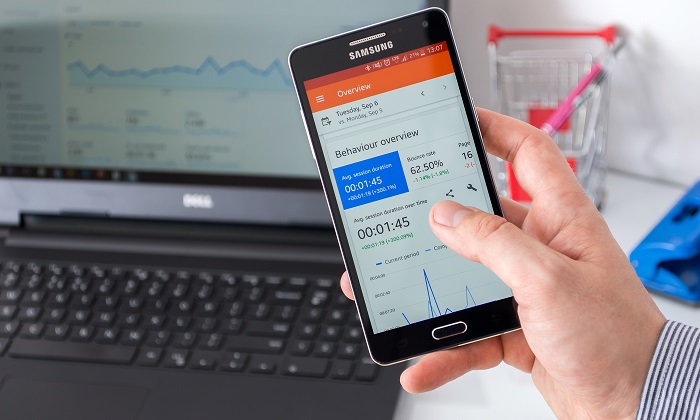
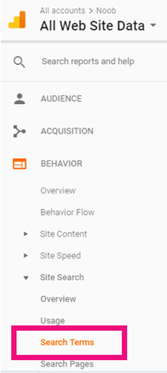
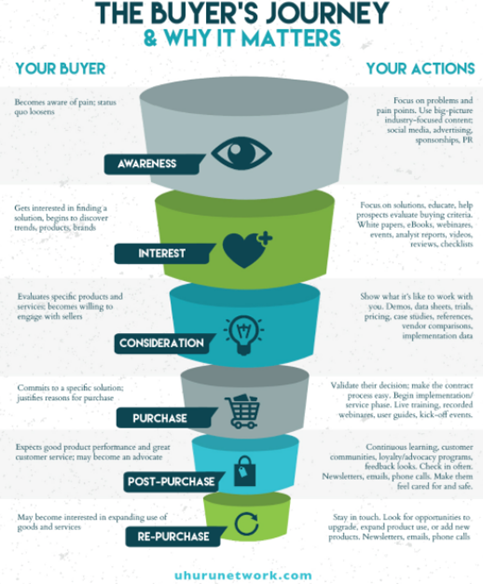
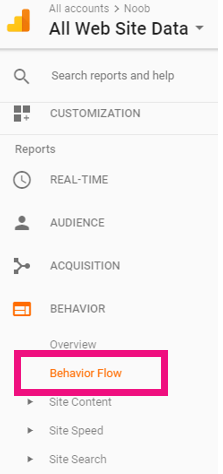
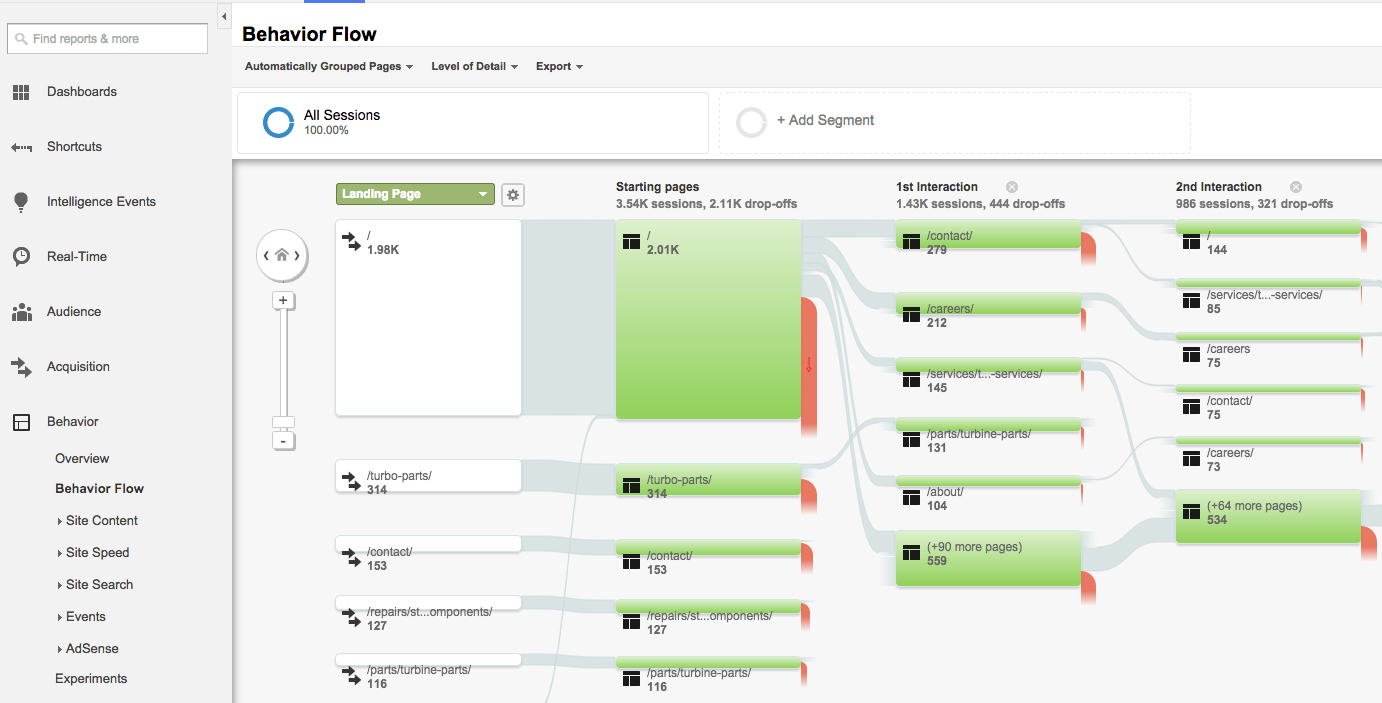
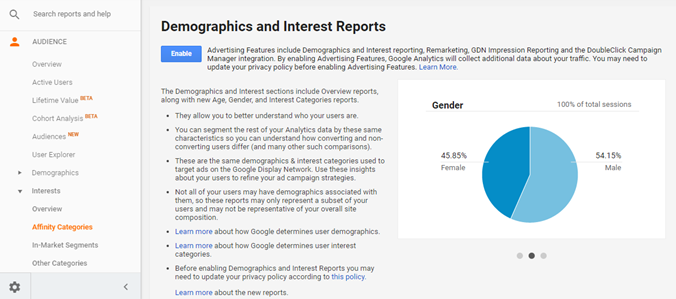
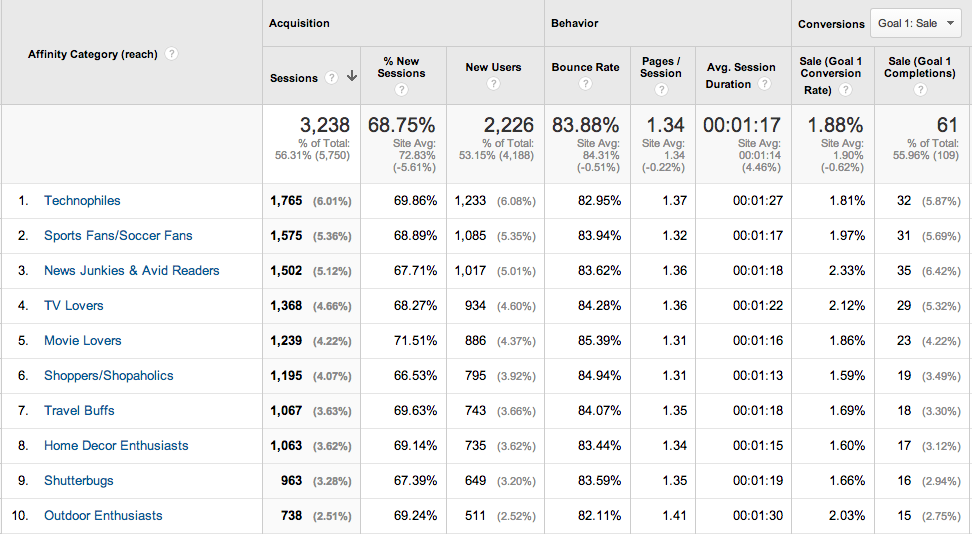
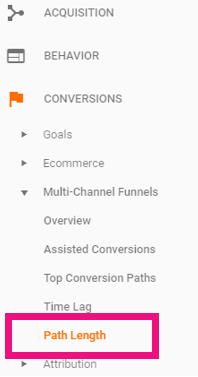
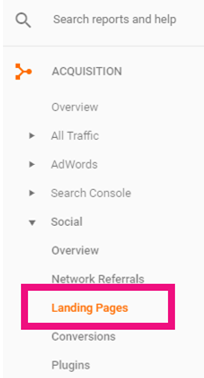
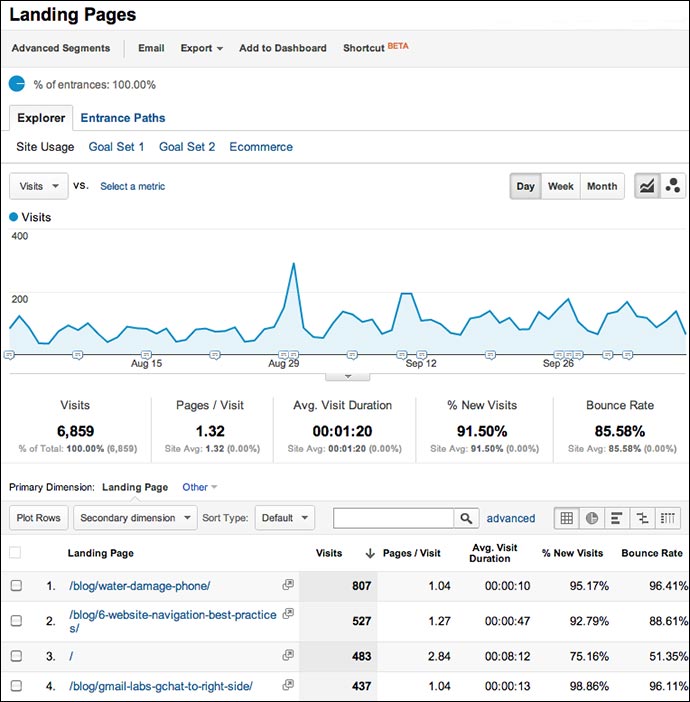
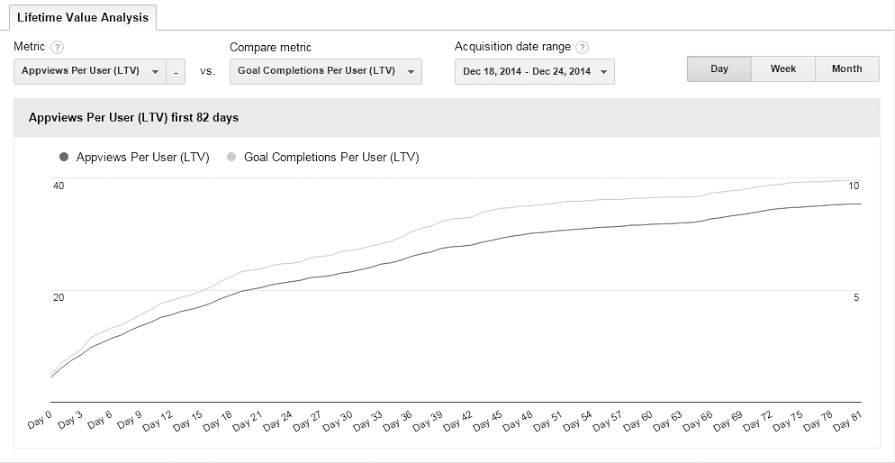
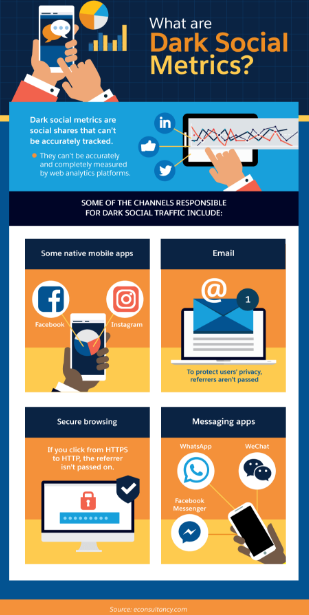

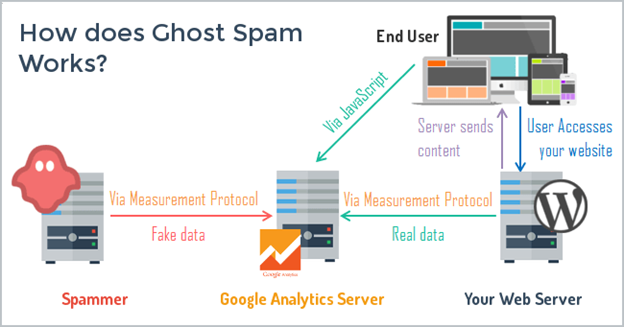

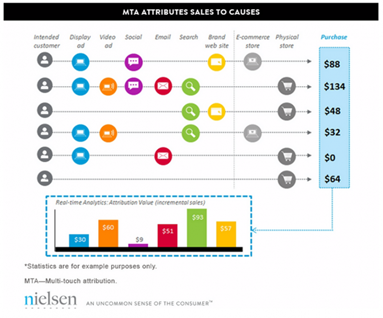

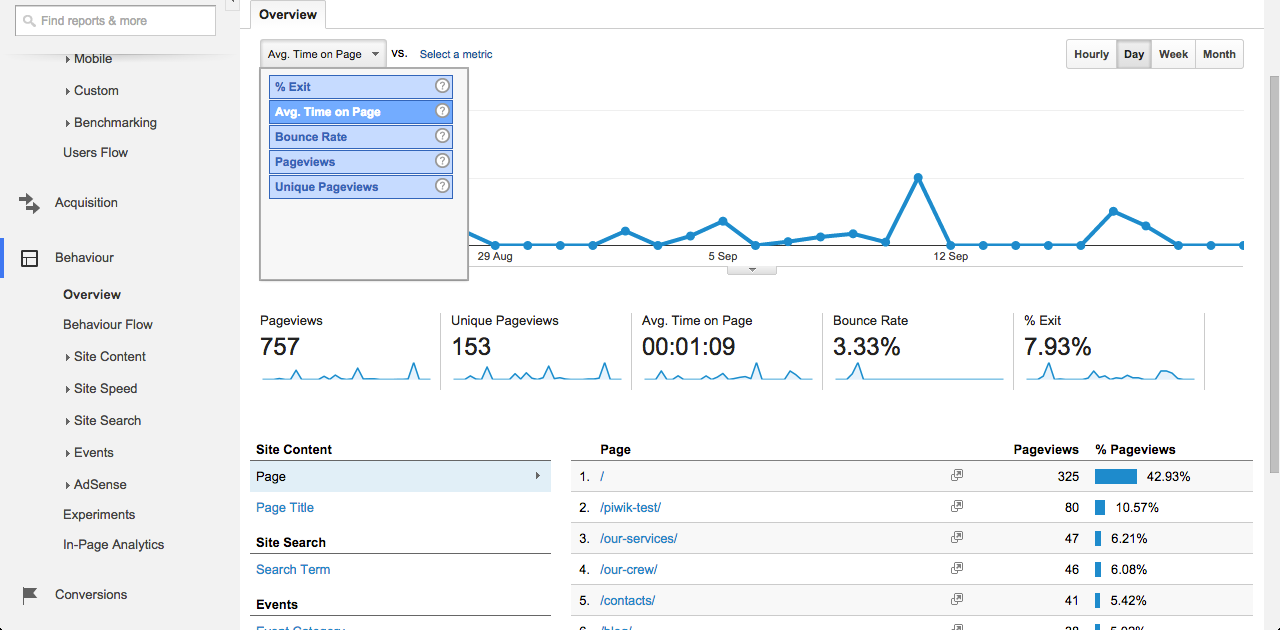
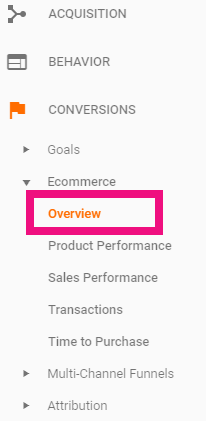
Comments (30)